
End of the Small Blind position in Heads-up (SB HU)
This chapter is the continuation (and therefore the end) of Chapter 2 (Push vs Recreational Players).
In Chapter 2, your only options were All-in or Not All-in. Now, for the hands that don’t go all-in (Not All-in), you have three choices: Fold, Limp, or Min-raise (2 BB).
Recreational players tend to iso-raise (= raise) far too little against limps.
As a result, when you limp, you often see a flop for the same price.
Since you realize your equity more easily, even your weaker hands have incentive to limp rather than fold.
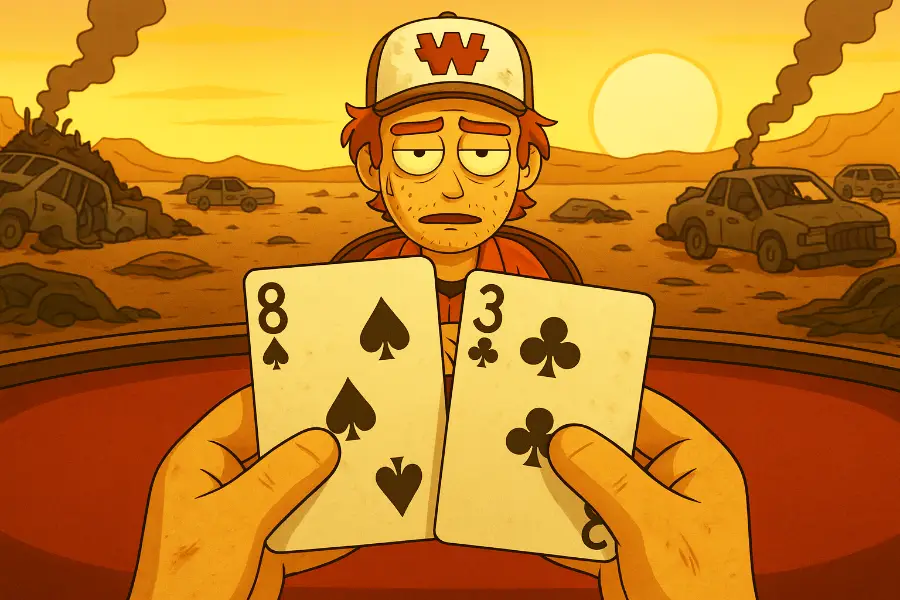
🗑️ That said, it’s still fine to fold the 4–5 worst combos (the very bottom trash hands), even with deep stacks. In the trainer, folding the very bottom of your range will still be counted as correct.
Most recreational players defend poorly against min-raises. They fold too much and 3-bet too little. That makes min-raising more profitable.
You can even consider min-raising a lot more hands than our standard charts recommend.

As explained in the SB HU guide, as long as your opponent doesn’t adapt, you could theoretically MR almost 100% profitably.
The only issue: even a recreational player eventually notices if you’re abusing MR in HU. So, adapt: if the BB starts defending or 3-betting more, reduce your MR frequency.If nothing changes, keep exploiting it.
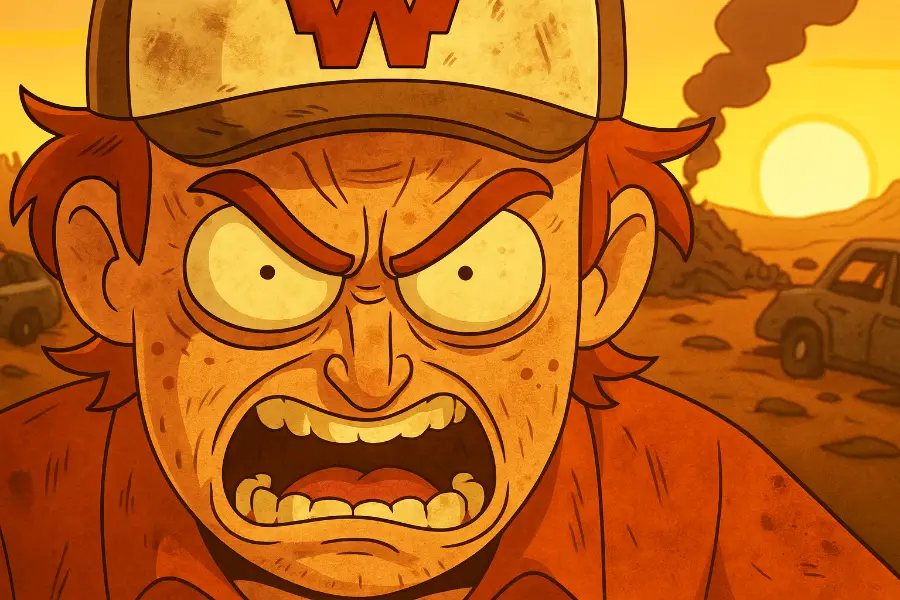
⚖️ In the trainer, we’ll therefore accept more min-raises than in our standard exploitative charts. So, you have a choice:
Your goal is to develop a feel in-game for the right balance between MR and limp, depending on your opponent’s reaction.
Against recreational players, it’s your job to put money in the pot.
Since they iso-raise so rarely, limping strong hands to “trap” (hoping for a raise) often means leaving value on the table: the pot stays small, and you give free cards.

Except for pocket pairs (especially medium/strong ones) which can sometimes limp-trap when short, there should be very few limp-traps in your SB range.
Thanks to Chapter 2, you already know which hands to push directly (especially dominant Axo). For the other strong non-push hands, prefer min-raising over limping: you take the initiative and grow the pot without depending on your opponent.
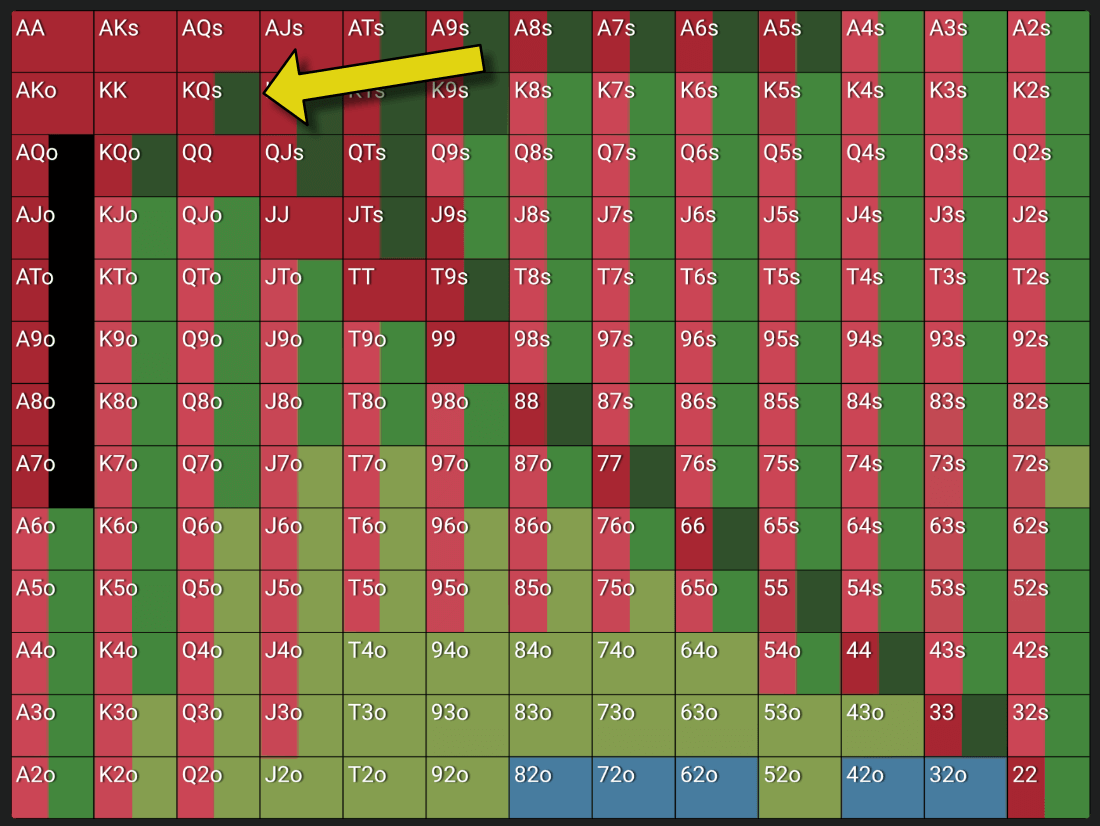
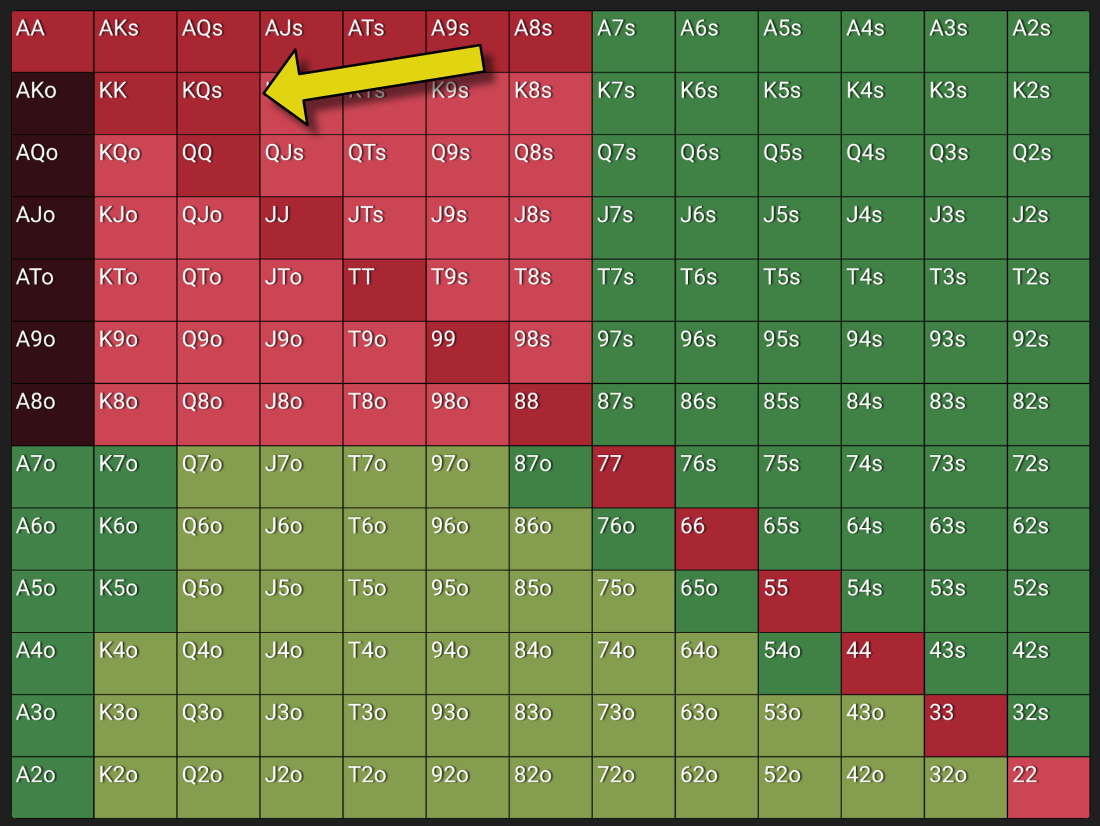
Against an aggressive recreational player, be careful not to become too passive or overfold.
In GTO, the BB strategy includes many ISO (both shove and non all-in) — yet the SB GTO strategy still mixes Limp and Min-raise across a wide range.
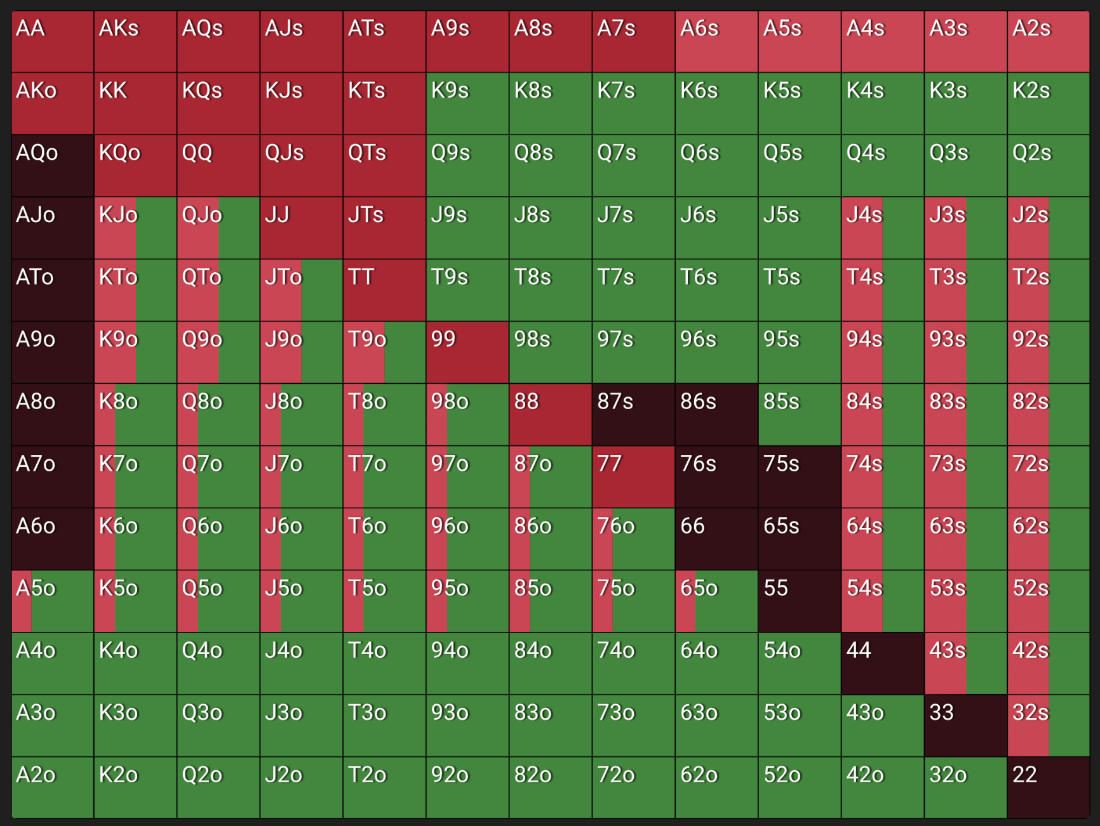
Therefore, the default plan vs an aggressive BB should be to move closer to GTO:
💣 If the opponent is hyper-aggressive (much more than GTO BB), push this logic further: more traps, more selective MR (open mainly hands that handle 3-bets well), and a few more folds with weak offsuits or borderline connectors.
That way you protect your EV while capitalizing on their over-aggression.